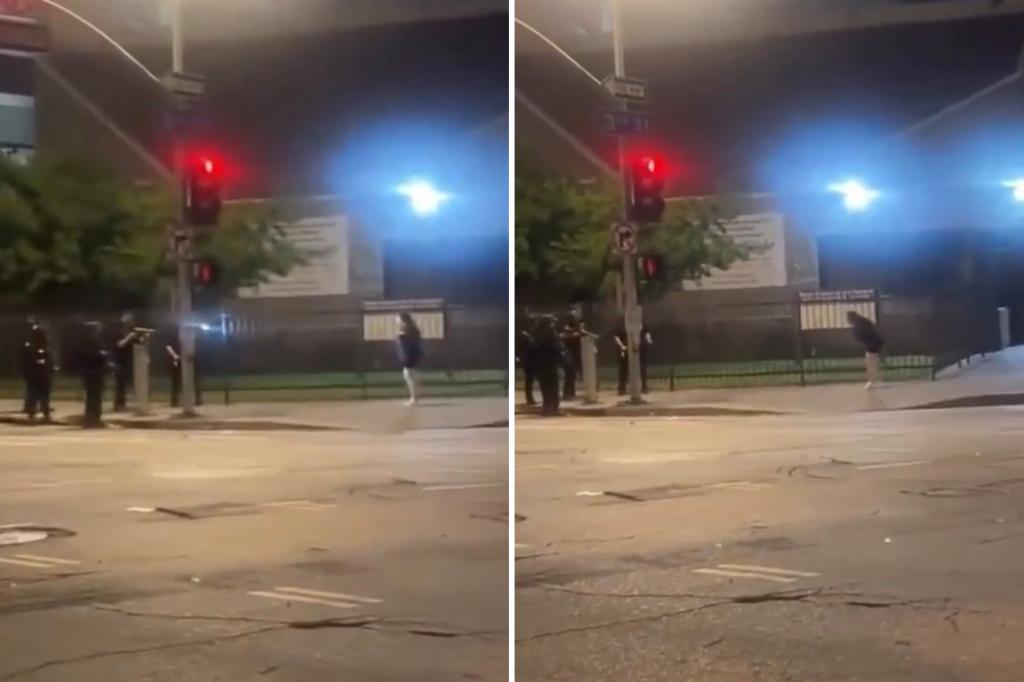Resilience Amid Ruins: The Journey of Displaced Syrians Returning to Roofless Homes
In the heart of northern Syria, a remarkable story of resilience unfolds as many displaced families embark on a poignant journey back to their home villages, despite the overwhelming devastation left in the wake of years of conflict. This return to roofless homes is more than a physical act; it signifies a deep-seated desire to reclaim their lives and rebuild in the face of adversity. The road back is fraught with challenges, yet the spirit of these families shines brightly, illuminating their determination to restore their homes and communities.
The Context of Displacement
The Syrian civil war, which began in 2011, has resulted in one of the most significant humanitarian crises of our time. Millions of Syrians have been displaced, forced to flee their homes in search of safety. As the conflict raged on, entire neighborhoods were reduced to rubble, and once-thriving towns became ghost towns. According to the United Nations, around 6.8 million Syrians remain internally displaced, with many living in makeshift shelters or overcrowded camps.
Despite the dire circumstances, a notable trend has emerged in recent years: families are choosing to return to their war-torn homes. This decision is fueled by a combination of hope, nostalgia, and the pressing need to rebuild their lives. However, the journey back is anything but straightforward.
Challenges Faced by Returning Families
Returning to a roofless home is fraught with challenges. Families face numerous obstacles as they attempt to settle back into their former lives:
- Destruction of Infrastructure: Many homes are left uninhabitable, with roofs caved in and walls crumbling. Essential services such as water, electricity, and sanitation are often non-existent.
- Scarcity of Resources: The war has decimated local economies, making it difficult for returnees to find jobs or access basic necessities like food and medical care.
- Psychological Trauma: The emotional scars of war linger, with many individuals suffering from PTSD and other mental health issues exacerbated by the trauma of displacement and loss.
- Security Concerns: The volatile security situation in some areas remains a concern, with the threat of violence and instability still present.
Despite these challenges, many families are determined to make the best of their circumstances. They are driven by a deep connection to their homeland and a desire to restore what has been lost.
Stories of Resilience
Take the story of the Al-Hussein family, for example. After fleeing their home in Aleppo, they spent years living in a refugee camp. When the situation in their village improved, they made the brave decision to return. Upon arrival, they found their home in ruins, but their spirits remained unbroken.
“We have nothing left but each other,” said Fatima, the matriarch of the family. “We will rebuild our home, brick by brick. It may take time, but we are back where we belong.”
This sentiment is echoed by many returnees. They often come back with a sense of purpose, motivated to rebuild not only their homes but also their communities. Local initiatives and NGOs have stepped in to support these efforts, providing resources and assistance to those willing to take on the daunting task of reconstruction.
Community Efforts and Support
Non-governmental organizations (NGOs) and local groups play a crucial role in supporting returning families. They provide essential services such as:
- Reconstruction Assistance: Organizations offer building materials and labor to help families restore their homes.
- Psychosocial Support: Mental health services are provided to help individuals cope with trauma and rebuild their emotional well-being.
- Livelihood Programs: Training and job placement services assist returnees in finding employment and reintegrating into the local economy.
These community efforts are vital in fostering a sense of belonging and hope among returnees. Many returning families express gratitude for the support they receive, which empowers them to take control of their future.
The Role of Hope in Rebuilding Lives
At the core of every returnee’s journey is hope. Hope serves as both a motivator and a balm for the wounds inflicted by war. It is the belief that despite the ruins, a brighter future is possible. Families often gather to share stories, reminisce about happier times, and dream about what their communities can become again.
As they sift through the rubble, they find remnants of their past—photos, toys, and cherished belongings. These objects become symbols of resilience, reminding them of their strength and the love that binds them. In many cases, this hope drives families to form cooperatives, where they work together to rebuild their homes and support one another.
The Path Forward
While the journey of displaced Syrians returning to roofless homes is undeniably challenging, it is also a testament to the strength of the human spirit. The resilience displayed by these families serves as an inspiration to us all. They remind the world that even amid ruins, hope can flourish and communities can be rebuilt.
As international attention wanes, it is crucial to continue supporting these efforts. Humanitarian assistance, investment in local economies, and a commitment to peace and stability are essential to ensure a sustainable future for returning families.
In conclusion, the resilience of displaced Syrians returning to their roofless homes is a powerful narrative of hope and determination. By supporting their journeys, we not only help rebuild their lives but also contribute to the healing of a nation scarred by conflict. The story of northern Syria is one of struggle, but it is also one of renewal—an affirmation that even in the darkest times, the human spirit can shine brightly.
See more CNET 247



